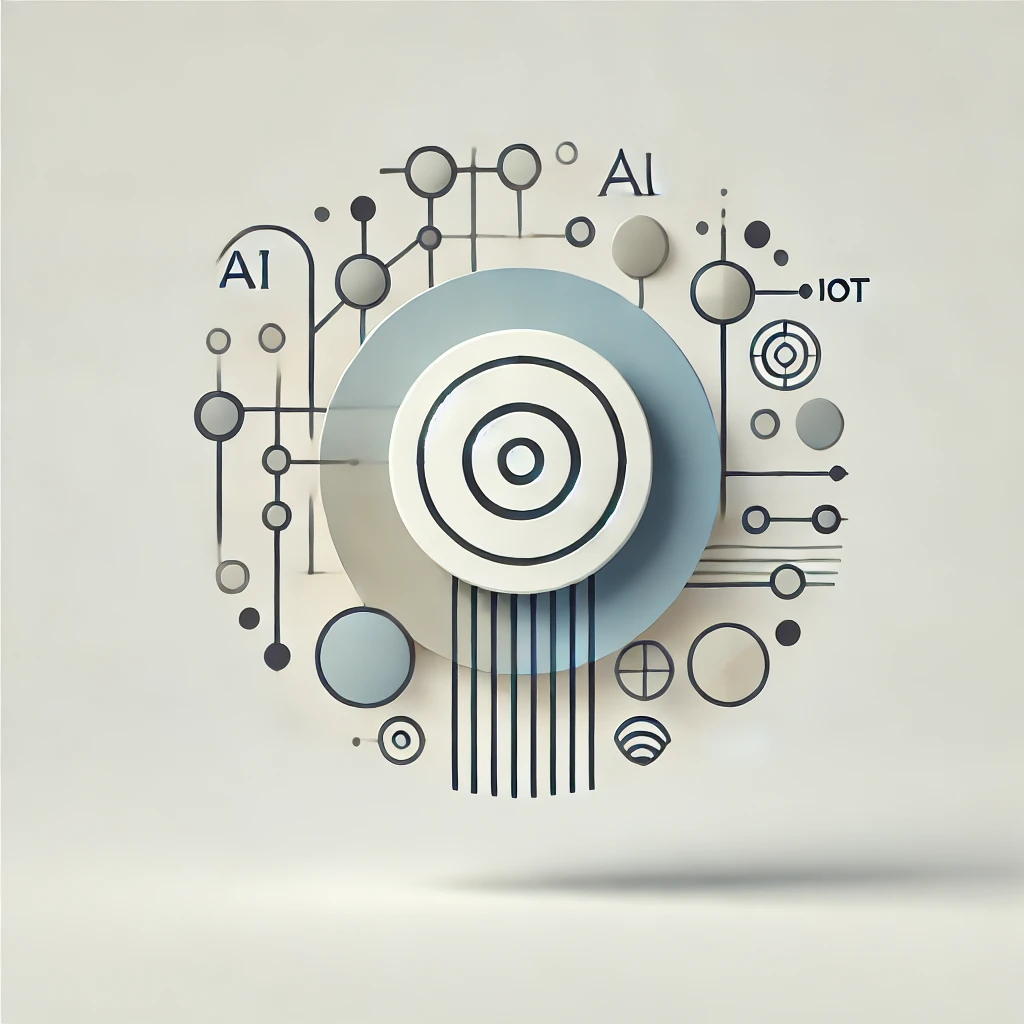In a bustling modern city, a woman named Sara starts her day in a smart home that anticipates her needs before she even opens her eyes. Her morning coffee is brewed precisely at the right time, the room temperature adjusts automatically, and her day’s schedule is gently reminded by her voice assistant. Across the street, delivery trucks navigate the city using real-time traffic data to avoid congestion and reduce fuel consumption. These daily conveniences are possible because of the powerful AI and IoT Convergence, which is transforming our lives in profound ways.

What Are AI and IoT?
Artificial Intelligence (AI) refers to systems or machines that mimic human intelligence to perform tasks and can improve themselves based on the information they collect. Rather than relying solely on AI models hosted in the cloud, AI is increasingly being embedded directly into devices, enabling them to make decisions locally and in real-time. This edge AI integration is critical because it reduces latency, enhances data privacy, and makes devices more autonomous and efficient.
Internet of Things (IoT) refers to a vast network of physical devices—ranging from home appliances to industrial machines—connected to the internet, all collecting and sharing data. These devices can communicate with each other, creating a seamless ecosystem of interconnected technologies.
AI and IoT Convergence: The Power of Integration
When AI is embedded into IoT devices, it transforms simple connected gadgets into intelligent systems capable of making autonomous decisions. This fusion, often termed AIoT (Artificial Intelligence of Things), enables smarter operations across various sectors.
For example, in smart cities, traffic lights are no longer just automated—they are intelligent. They adapt in real-time to changing traffic conditions, reducing congestion and improving overall traffic flow. Barcelona is a prime example, where AIoT has reduced traffic congestion by 21% and improved air quality by 25% .
In healthcare, AIoT is revolutionizing patient care. Remote monitoring devices equipped with AI can analyze patient data in real-time, predicting potential health issues before they become critical. This has the potential to save the U.S. healthcare system $150 billion annually by 2026 by reducing hospital admissions and enhancing preventive care .
Real-World Impact: By the Numbers
The impact of AIoT is not just theoretical; it’s measurable and growing:
- Smart Cities: AIoT-powered smart city initiatives could reduce global greenhouse gas emissions by 10-15% by 2030, according to McKinsey . These cities optimize energy usage, waste management, and transportation through interconnected, intelligent systems.
- Manufacturing: In manufacturing, predictive maintenance driven by AIoT is reducing downtime by up to 50% . Sensors on machinery collect data and use AI to predict when equipment is likely to fail, allowing for maintenance before any issues arise.
- Retail: Retailers using AIoT technologies are seeing up to a 30% increase in efficiency and a 20% improvement in customer satisfaction. Smart shelves and personalized promotions powered by AIoT are revolutionizing how stores operate .
Challenges and Opportunities
While the potential of AIoT is vast, it also comes with challenges. Security and privacy concerns are significant as more devices become interconnected, increasing the potential for cyber-attacks. Additionally, the integration of AI into IoT devices requires robust data management strategies and real-time processing capabilities, particularly as the volume of data generated by IoT devices is expected to reach 79.4 zettabytes by 2025 .
However, these challenges also present opportunities. As AI technology advances, it will become more adept at managing complex data streams, improving device interoperability, and enhancing the overall efficiency of IoT networks.
Conclusion: The Future of AIoT
Sara’s smart home is just a glimpse of what AIoT can achieve. As AI and IoT continue to converge, they will drive innovations that make our cities smarter, our healthcare systems more efficient, and our lives more connected. The key to this future lies in the seamless integration of AI into IoT devices, enabling them to operate autonomously and intelligently. While challenges remain, the potential benefits of AIoT are too significant to ignore, promising a future where technology works seamlessly and intelligently behind the scenes to improve our lives.
